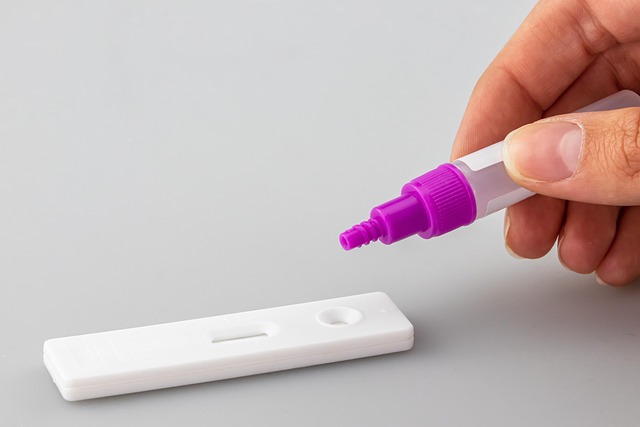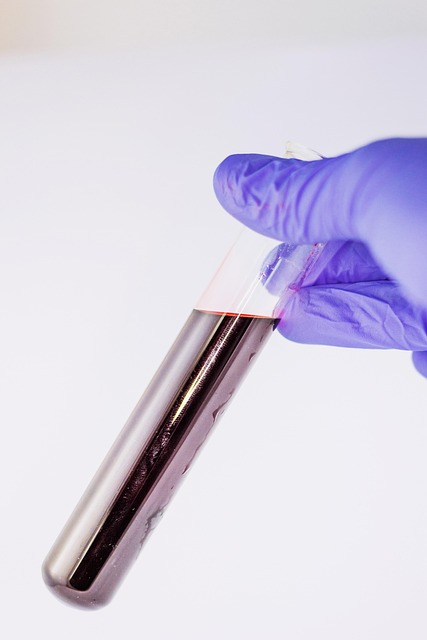Asbestos testing is crucial for older San Antonio homes due to its prevalence in drywall joint compound. The process involves taking samples, lab analysis, and determining actions like containment or removal by licensed professionals. Proper sampling, from identifying hazardous areas to analyzing samples, ensures safety during renovations and complies with regulations, mitigating asbestos-related risks for homeowners and workers.
Asbestos is a hidden hazard often found in older homes, especially in materials like drywall joint compound. In San Antonio, understanding the presence of this toxic substance is crucial for home safety and maintenance. This article guides you through the process of asbestos testing for older homes, focusing on drywall joint compound. We’ll explore why it’s essential to test, the role of specific compounds, and step-by-step procedures to ensure a thorough assessment in San Antonio homes.
- Understanding Asbestos in Older Homes
- The Role of Drywall Joint Compound in Asbestos Testing
- Steps for Conducting Asbestos Testing on Drywall Joint Compound in San Antonio Homes
Understanding Asbestos in Older Homes

Asbestos is a mineral that was commonly used in construction materials up until the 1980s, particularly in homes built before 1978. In San Antonio and across the country, many older homes may contain asbestos-containing materials (ACMs) such as drywall joint compound. These ACMs can become hazardous if they become damaged or deteriorated, releasing microscopic fibers into the air that can be inhaled by occupants. Asbestos testing for older homes is crucial to identify these potentially harmful substances and ensure the safety of those living in them.
For homeowners in San Antonio concerned about asbestos in their properties, professional asbestos testing services are available. These tests typically involve taking samples of suspect materials, like joint compound, and sending them to a lab for analysis. If asbestos is detected, the next step is to determine the best course of action, which could range from simple containment measures to complete removal by licensed professionals, depending on the level of contamination and the overall condition of the affected areas.
The Role of Drywall Joint Compound in Asbestos Testing

Drywall joint compound plays a crucial role in asbestos testing for older homes, especially in areas like San Antonio where many residences date back several decades. This compound, often used to fill joints and seams in drywall installations, can be a potential carrier of asbestos fibers if the original insulation or patching materials contained the hazardous substance. During asbestos testing, samples of the joint compound are carefully collected and analyzed to determine if it contains asbestos, which is essential for identifying potential health risks associated with older homes.
In San Antonio’s real estate market, where many properties have seen extensive renovations over the years, thorough asbestos testing is more critical than ever. Professionals in the field rely on meticulous sampling and laboratory analysis of drywall joint compound to ensure compliance with safety regulations and to protect both homeowners and workers from asbestos-related diseases. This process helps in making informed decisions regarding renovation or remodeling projects, ensuring that any potential asbestos hazards are addressed appropriately.
Steps for Conducting Asbestos Testing on Drywall Joint Compound in San Antonio Homes

Conducting asbestos testing on drywall joint compound in San Antonio homes, particularly in older residences, is a crucial step for ensuring resident safety and compliance with local regulations. The process begins by gathering all necessary equipment, including personal protective gear (PPE), a moisture meter, a heat gun or scraper, and an asbestos testing kit. Next, identify the specific areas of concern, such as corners, edges, and any visible damage or disintegration. Before proceeding, ensure proper ventilation in the area to minimize exposure to dust and fibers.
Using the heat gun or scraper, carefully scrape away the top layer of the joint compound to expose the underlying material. In older homes, this could reveal asbestos-containing joint tape or putty. Collect samples from at least three different locations within the suspected area, ensuring that each sample is approximately 1″ x 2″ in size. Place the samples in sealed, labeled containers and follow the instructions provided with your testing kit for proper analysis. Once the results are back, they will indicate whether the joint compound contains asbestos, guiding further actions such as repair, replacement, or abatement if necessary.
Asbestos testing is crucial for ensuring the safety of older homes in San Antonio. The presence of asbestos in drywall joint compound is a common concern, as it was extensively used in construction before its dangers were fully understood. By following thorough and precise steps for testing, homeowners and professionals can identify potential hazards and take appropriate action to mitigate risks associated with asbestos exposure. Regular inspections and informed decisions are key to maintaining a healthy living environment in these historic structures.
